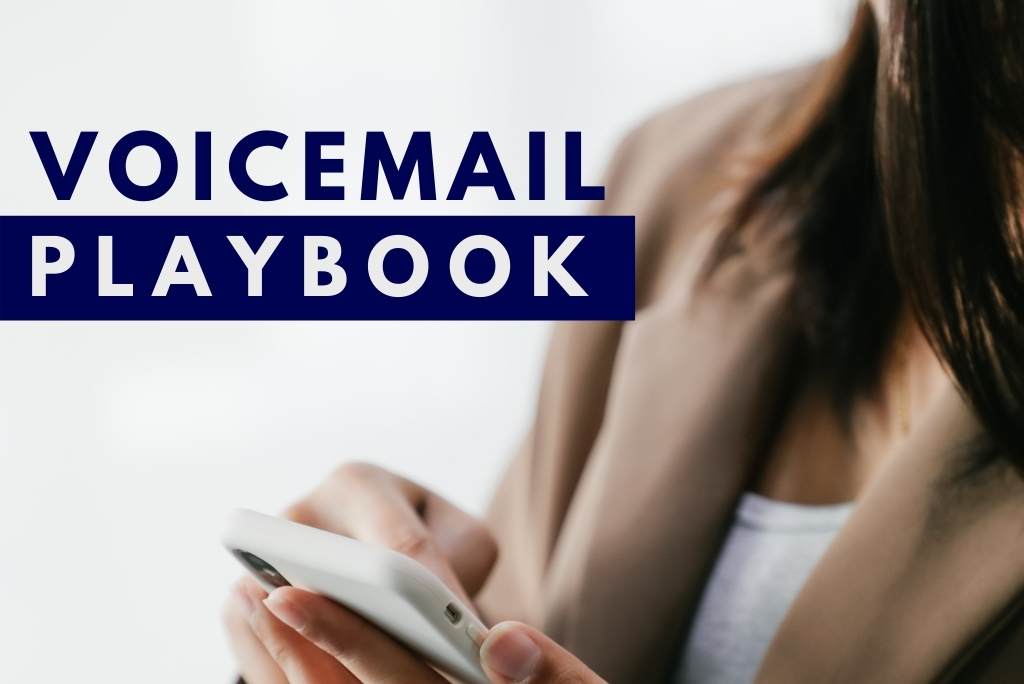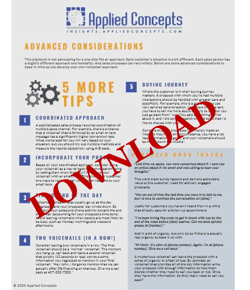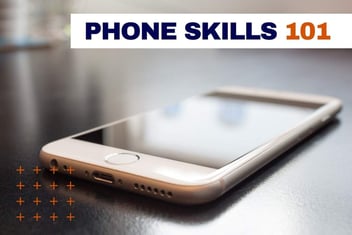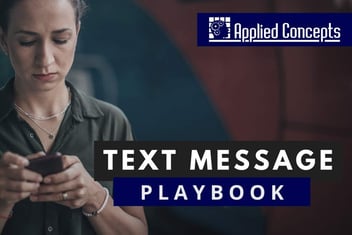Voicemails In Car Sales


Making outbound calls is a tough gig. On a good day, you may speak with 10% of prospects that you call, most of whom scurry off the phone before you even finish introducing yourself. The reality is that most sales calls go to voicemail, and the vast majority of those voicemails are never returned.
So should you even leave a voicemail? Yes. You should absolutely leave a voicemail. It may seem like a fruitless effort, but it's not — if it's a good voicemail.
Why You Should Leave a Voicemail
Your conversion rates will increase
Assuming you are compensated on your production, you'll make more money if you leave voicemails. If you make 100 dials and leave 75 voicemails a week, you'll have left approximately 3,750 voicemails by the end of the year.
According to Salesforce, the call-back rate for the first voicemail is approximately 10%. The second voicemail yields a call-back approximately 20% of the time. Even if you assume a conservative call-back rate of 5% for 3,750 voicemails, you'll receive about 190 call-backs, which you can then use to hit quota.
If you don't leave a voicemail, your call-back rate is guaranteed to be 0%.
It's efficient
As discussed below, it should only take 30-60 seconds to complete the entire voicemail process (including listening to their voicemail prompt). If you leave 75 voicemails a week, your commitment to leaving voicemails only costs you about 1-1.5 hours. Voicemail automation could reduce the commitment time even further.
Don't opt them out
For the majority of reps making outbound calls, the goal is to fill the top of the sales funnel and to advance the ball to the next stage of the sales process. Callers who don't leave a voicemail are ignoring a simple, easy tool in their toolkit and effectively opting the prospect out of the sales funnel.
Don't make assumptions
The fact that you rarely check your voicemails and never return them is irrelevant. You aren't leaving a voicemail for yourself. You're most likely calling someone who you don't know very well, if at all. They could very well be exactly the type of person who checks and returns voicemails. This especially varies by generation.
Attach an identity to your number
It's a reality that most people screen their calls. Their phone rings, they see an unknown number, and they likely decide not to answer. If you don't leave a voicemail, the only rational conclusion is that this mysterious phone number was spam or otherwise unimportant. You reinforce this association if you continue to make follow-up calls without leaving a message, further degrading your chances of connecting with the prospect.
How to Leave an Effective Voicemail
You've probably received training on how to make effective outbound calls. Perhaps you even received that training from Applied Concepts. However, considering that 90% of calls go to voicemail, you need to have a well thought-out plan to leave effective voicemails, otherwise you're ignoring the lion's share of outbound sales. Here are some best practices.
Have a plan and practice it
Have a plan (like this one), keep it handy, and practice executing that plan. This means creating a routine that offers ample opportunity for repetition and review.
Remember the goal
The goal is to get the prospect to call you back or, at least, leave a positive brand impression. The goal is not to deliver a pitch over the phone. When they listen to your voicemail, they are not deciding whether to buy from you. They are deciding whether or not to call you back! Rolling out your pitch in the voicemail is by far the most common mistake and almost certainly sends a signal that the prospect can stop listening.
Keep the length between 20-30 seconds
The sweet spot for a sales voicemail is 20-30 seconds. A voicemail in this time frame sparks curiosity without demanding too much time.
Make your calls at the end of the day
Voicemail callback rates usually go up as the day progresses and your prospects' day winds-down. So schedule your outbound phone activity toward the end of the day. Avoid leaving voicemails when people are most likely to be busy, such as Monday mornings and weekend afternoons.
Make your voicemail easy to transcribe
Most cell phones transcribe voicemails, and many consumers will read rather than listen to your voicemail. Keep this in mind as you leave your voicemail. Use very clear language, avoid filler words, don't mumble, insert pauses, avoid jargon, and speak slowly.
Other Best Practices
Applied Concepts constructed a Voicemail Playbook that covers many additional best practices. Click [HERE] to download it for free.
Other Considerations
As you likely guessed, not all voicemails should be treated the same. The Applied Concepts Voicemail Playbook covers a number of other topics.
Click [HERE] or the image to download the full Voicemail Playbook:
How Can We Help?
Applied Concepts has been helping reps make outbound calls and craft effective voicemails since 1983. Our Voicemail Playbook covers these, and many other, best practices, and our training includes sales voicemail scripts and roleplays.
Or click [HERE] to download it for free. Contact us at info@appliedconcepts.com to learn more about our phone skills training and effective communication toolkits.





